Electrical and electronic equipment often operate in challenging environments. From moisture and dust to chemical exposure and physical impact, these conditions can damage sensitive components if they are not properly protected. That’s where NEMA Enclosure come in. The National Electrical Manufacturers Association (NEMA) has developed standards that define how well an enclosure can protect against environmental factors.
This professional guide explores NEMA enclosure specifications, their ratings, applications, and selection tips to help engineers, contractors, and facility managers make informed decisions.
What is a NEMA Enclosure?
A NEMA enclosure is a protective casing for electrical or electronic devices designed to safeguard them from environmental hazards. Unlike general-purpose housings, NEMA-rated enclosures are built according to precise standards that measure their ability to resist dust, water, corrosion, oil, and even tampering.
NEMA ratings are widely used in the United States and differ from the IP (Ingress Protection) Code, which is more common internationally. While IP codes focus mainly on dust and water ingress, NEMA ratings consider a wider range of conditions, including corrosion resistance, ice formation, and mechanical protection.
Why NEMA Enclosure Specifications Matter
Choosing the right NEMA enclosure is crucial for:
- Safety – Preventing short circuits, shocks, and fire hazards.
- Durability – Ensuring long-term performance of electrical systems.
- Compliance – Meeting building codes, safety standards, and insurance requirements.
- Cost efficiency – Avoiding premature equipment failure and costly downtime.
For industrial projects, commercial buildings, or outdoor installations, selecting the right enclosure is just as important as choosing the correct electrical components.
Understanding NEMA Ratings
NEMA has defined over 20 different enclosure ratings, each indicating the level of protection an enclosure provides. Ratings are expressed as numbers, sometimes with additional letters (e.g., NEMA 4X).
Here’s an overview of the most common NEMA ratings:
NEMA 1
- Protection: Basic protection against contact with internal parts and limited dust.
- Application: Indoor use, such as offices, utility rooms, or control panels.
NEMA 3
- Protection: Outdoor protection against rain, sleet, and windblown dust.
- Application: Utility boxes, service entrances, and outdoor panels.
NEMA 3R
- Protection: Similar to NEMA 3 but focused on rain and ice formation protection.
- Application: Power distribution equipment and meter enclosures.
NEMA 4
- Protection: Protects against water spray, hose-directed water, and windblown dust.
- Application: Washdown areas, food processing facilities, marine environments.
NEMA 4X
- Protection: Same as NEMA 4 with added corrosion resistance.
- Application: Chemical plants, marine industries, outdoor coastal areas.
NEMA 6
- Protection: Withstands temporary submersion in water.
- Application: Underground installations, docks, or flood-prone areas.
NEMA 12
- Protection: Indoor protection against dust, dirt, and dripping liquids.
- Application: Manufacturing environments, industrial control systems.
NEMA 13
- Protection: Protects against oil, noncorrosive coolants, and light splashing.
- Application: Oil refineries, machining workshops.
Key Features in NEMA Specifications
When reviewing enclosure specifications, consider the following factors:
1. Material Selection
- Steel: Strong, durable, but may corrode without coating.
- Stainless steel: Excellent for corrosion resistance in harsh or marine environments.
- Aluminum: Lightweight and naturally resistant to corrosion.
- Polycarbonate/Fiberglass: Non-metallic, corrosion-proof, and good for wireless equipment.
2. Environmental Conditions
- Indoor vs. Outdoor: Indoor enclosures need less protection, while outdoor enclosures must withstand rain, UV exposure, and temperature swings.
- Chemical Exposure: Facilities using acids, alkalis, or solvents require corrosion-resistant enclosures.
3. Cooling and Ventilation
- Some applications require enclosures with ventilation, fans, or cooling units to prevent overheating of equipment.
4. Mounting Options
- Wall-mounted, floor-standing, or pole-mounted designs should match the installation site.
5. Access and Security
- Lockable doors, tamper-proof seals, and multiple access points may be necessary for high-security or maintenance-heavy environments.
Comparing NEMA vs. IP Ratings
While both rating systems measure protection, they are not identical.
- NEMA Ratings: Cover dust, water, oil, corrosion, and ice formation.
- IP Ratings: Focus only on solid objects and water ingress.
For example, a NEMA 4X enclosure roughly corresponds to an IP66 enclosure, but it also includes corrosion resistance, which the IP system does not specify.
Applications of NEMA Enclosures
Different industries rely on specific NEMA enclosures to ensure performance and safety:
Industrial Facilities
- NEMA 12 or 13 enclosures protect machinery control systems from dust, oil, and coolants.
Food and Beverage Processing
- NEMA 4X stainless steel enclosures are common due to frequent washdowns and chemical cleaning.
Telecommunications
- Outdoor telecom equipment often uses NEMA 3R or 4 enclosures for weather resistance.
Energy and Utilities
- NEMA 6 enclosures are used for underground power distribution in flood-prone areas.
Marine Applications
- NEMA 4X or fiberglass enclosures resist saltwater corrosion.
Selecting the Right NEMA Enclosure
When choosing an enclosure, follow these steps:
- Identify the environment – Indoor, outdoor, industrial, marine, or underground.
- Assess potential hazards – Dust, moisture, oil, chemicals, temperature, or vandalism.
- Choose the right material – Balance strength, weight, and corrosion resistance.
- Verify compliance – Ensure the rating meets local building codes and safety regulations.
- Plan for future expansion – Select enclosures with extra space for future upgrades.
Common Mistakes to Avoid
- Over-specifying: Choosing a higher-rated enclosure than necessary can increase costs unnecessarily.
- Ignoring corrosion resistance: Even if water protection is ensured, lack of corrosion resistance can cause failure.
- Overlooking cooling needs: High-density electronics in sealed enclosures may overheat without ventilation.
- Neglecting maintenance access: Enclosures that are difficult to open can slow down repairs.
Conclusion
NEMA enclosures are vital for safeguarding electrical and electronic equipment in a wide range of environments. Understanding their specifications ensures not only compliance and safety but also long-term durability and cost savings.
By analyzing environmental conditions, material options, and specific NEMA ratings, professionals can select enclosures that provide the right balance of protection and efficiency. Whether you’re working in manufacturing, energy, marine, or telecommunications, the right enclosure choice ensures reliability and peace of mind.


